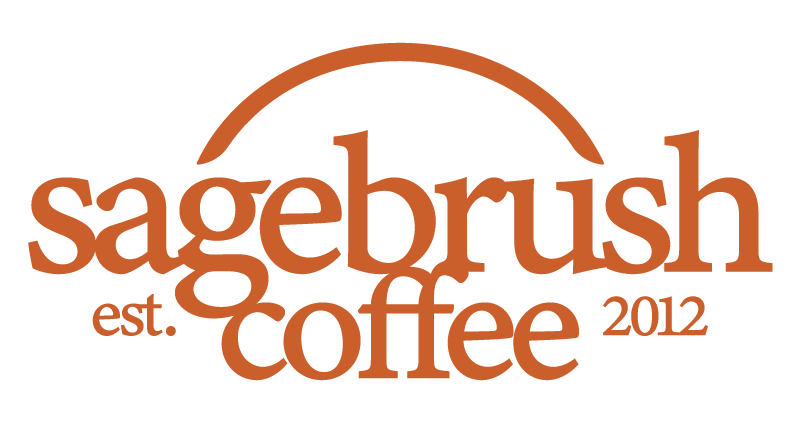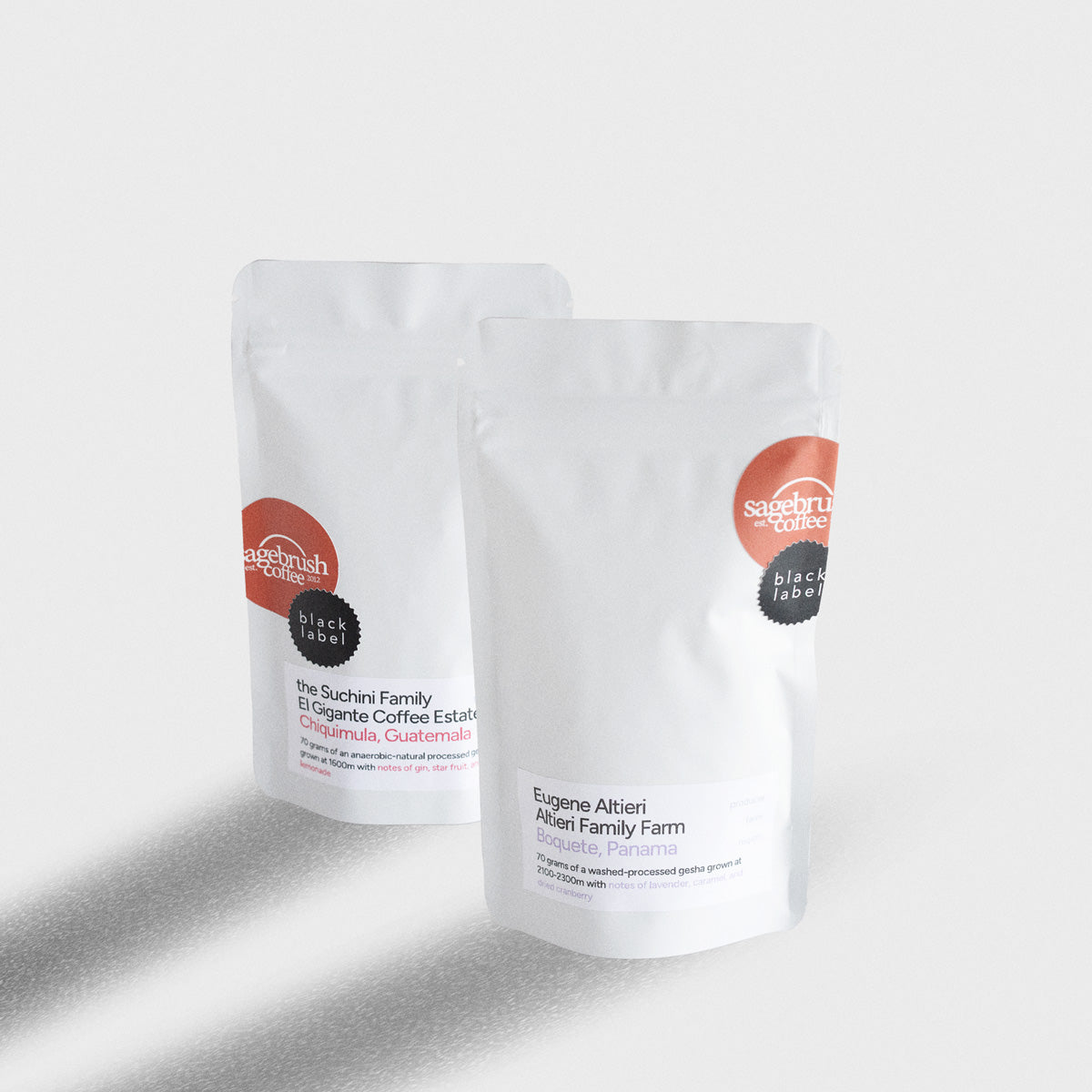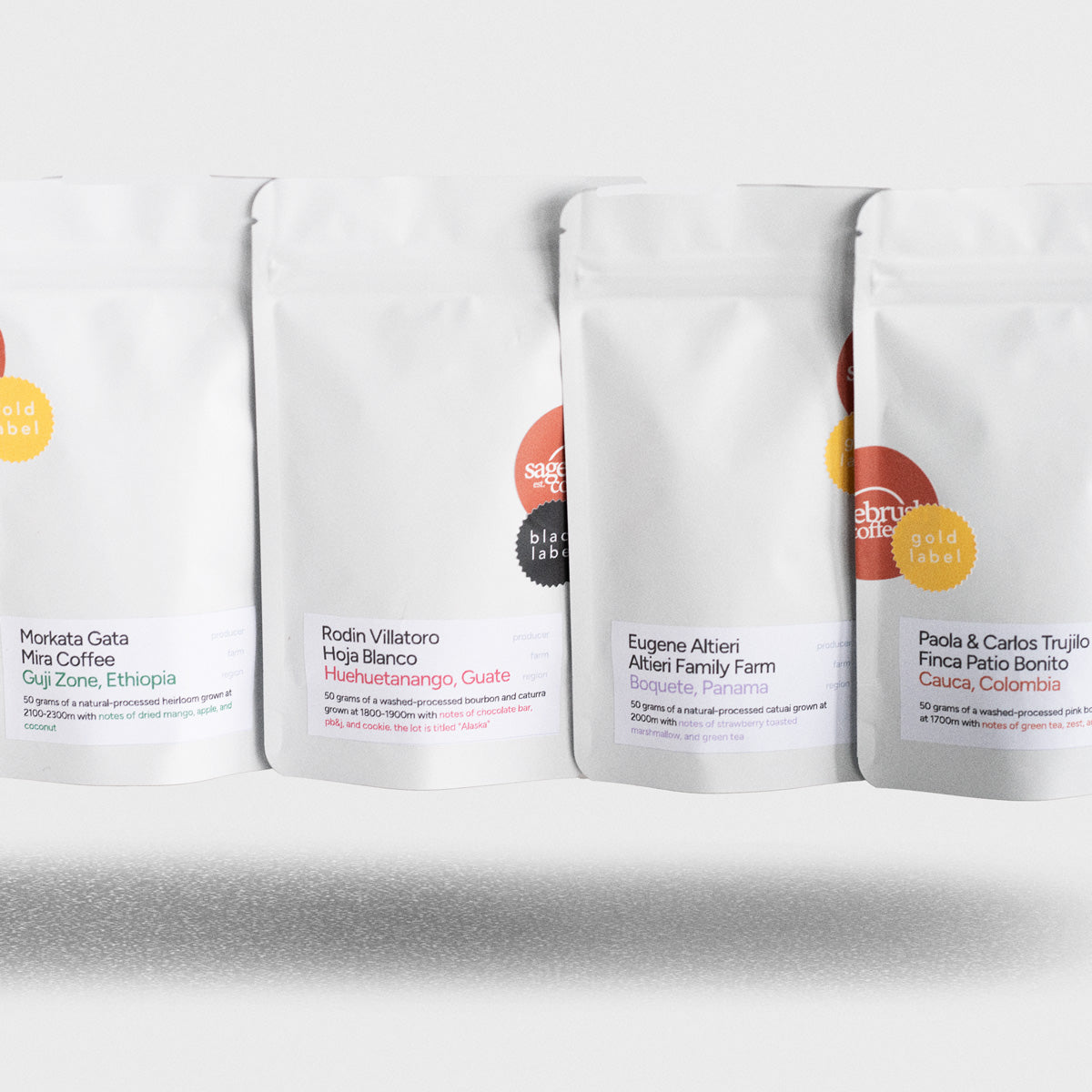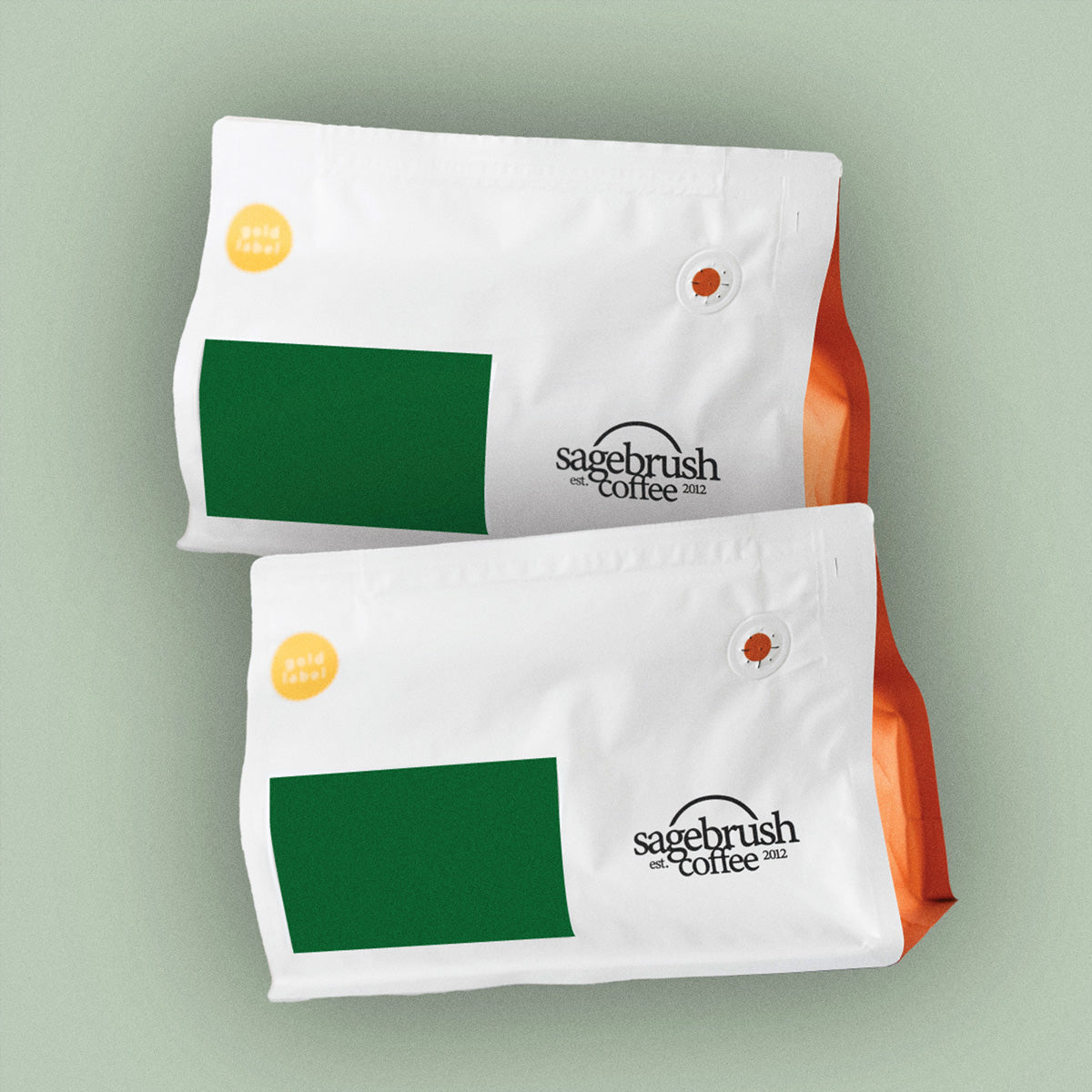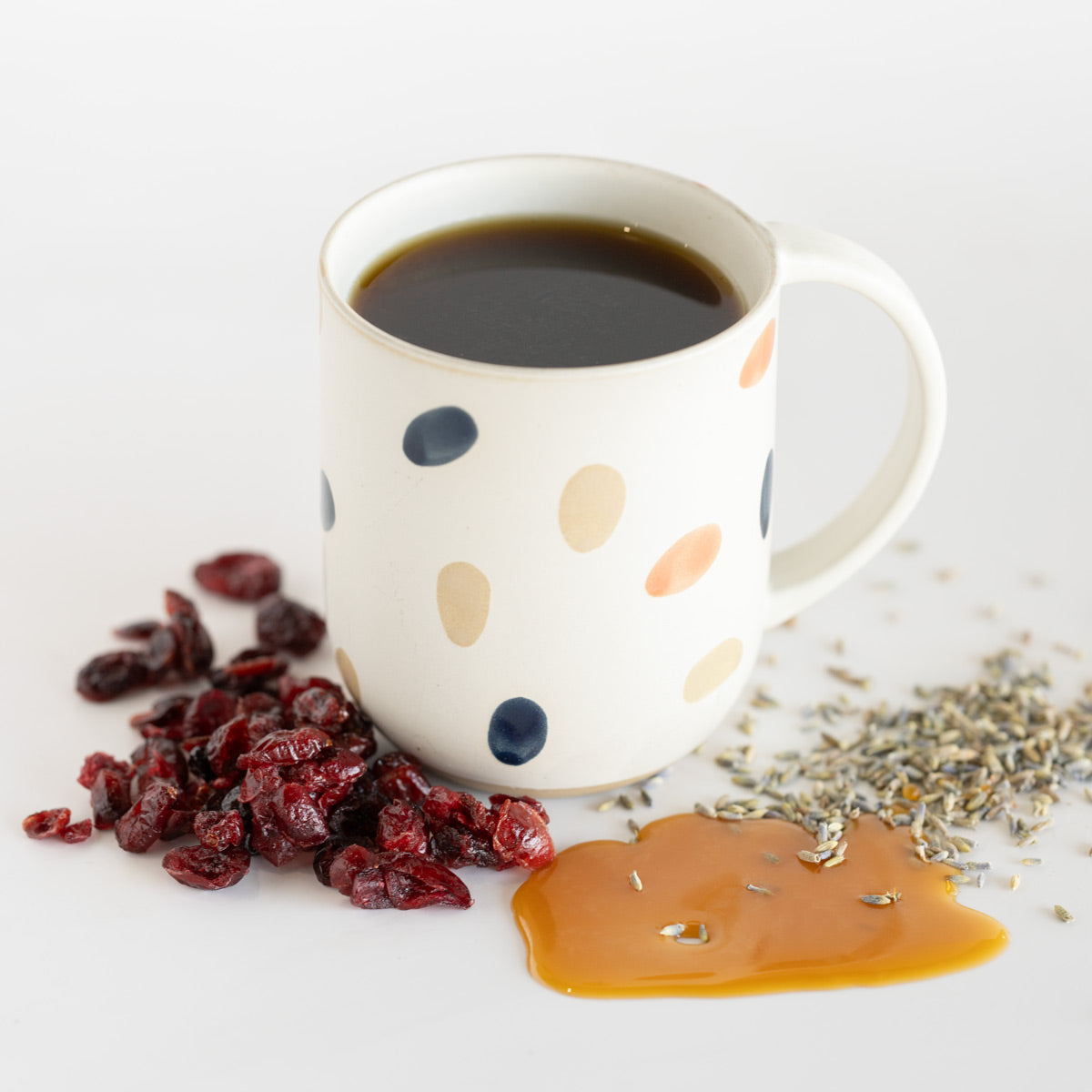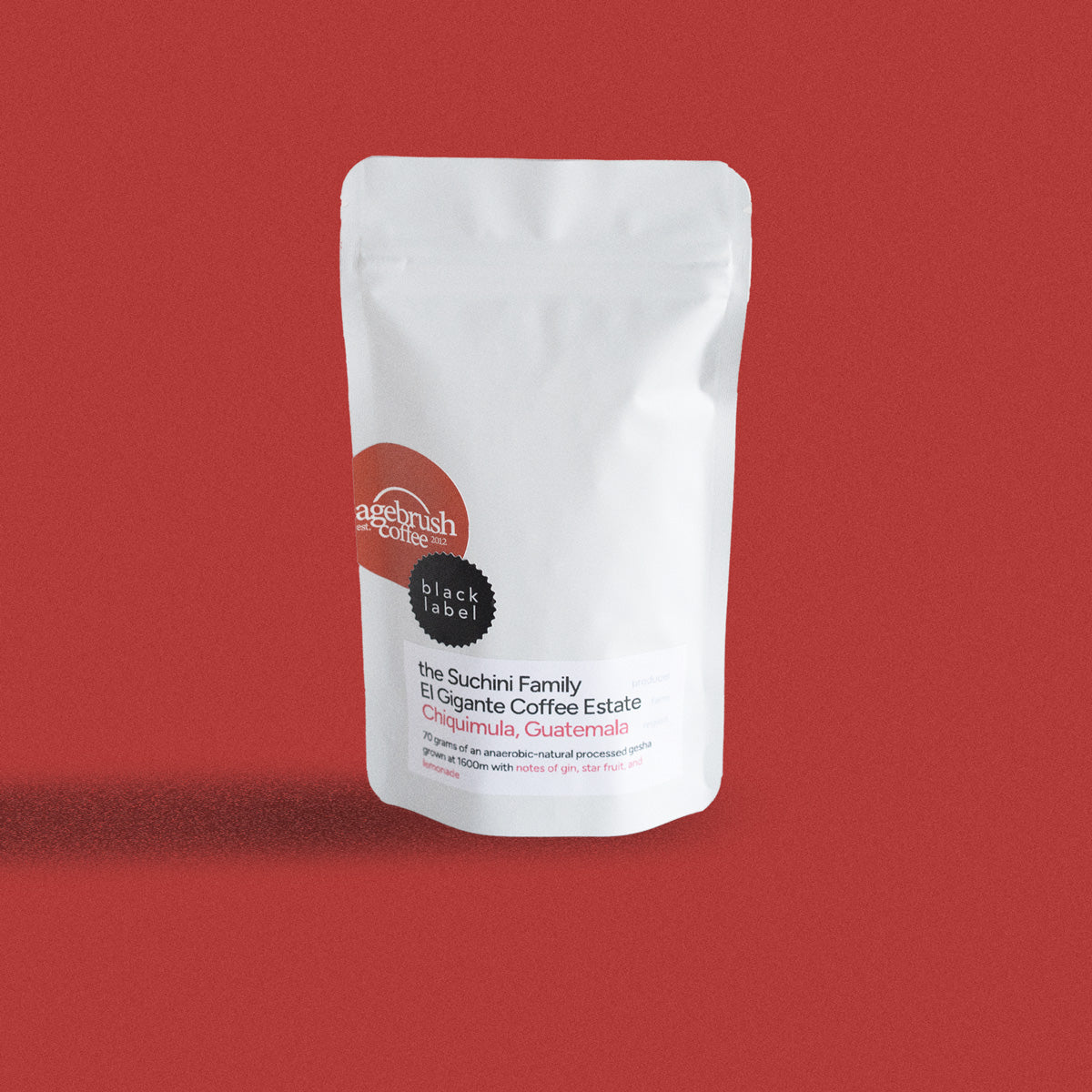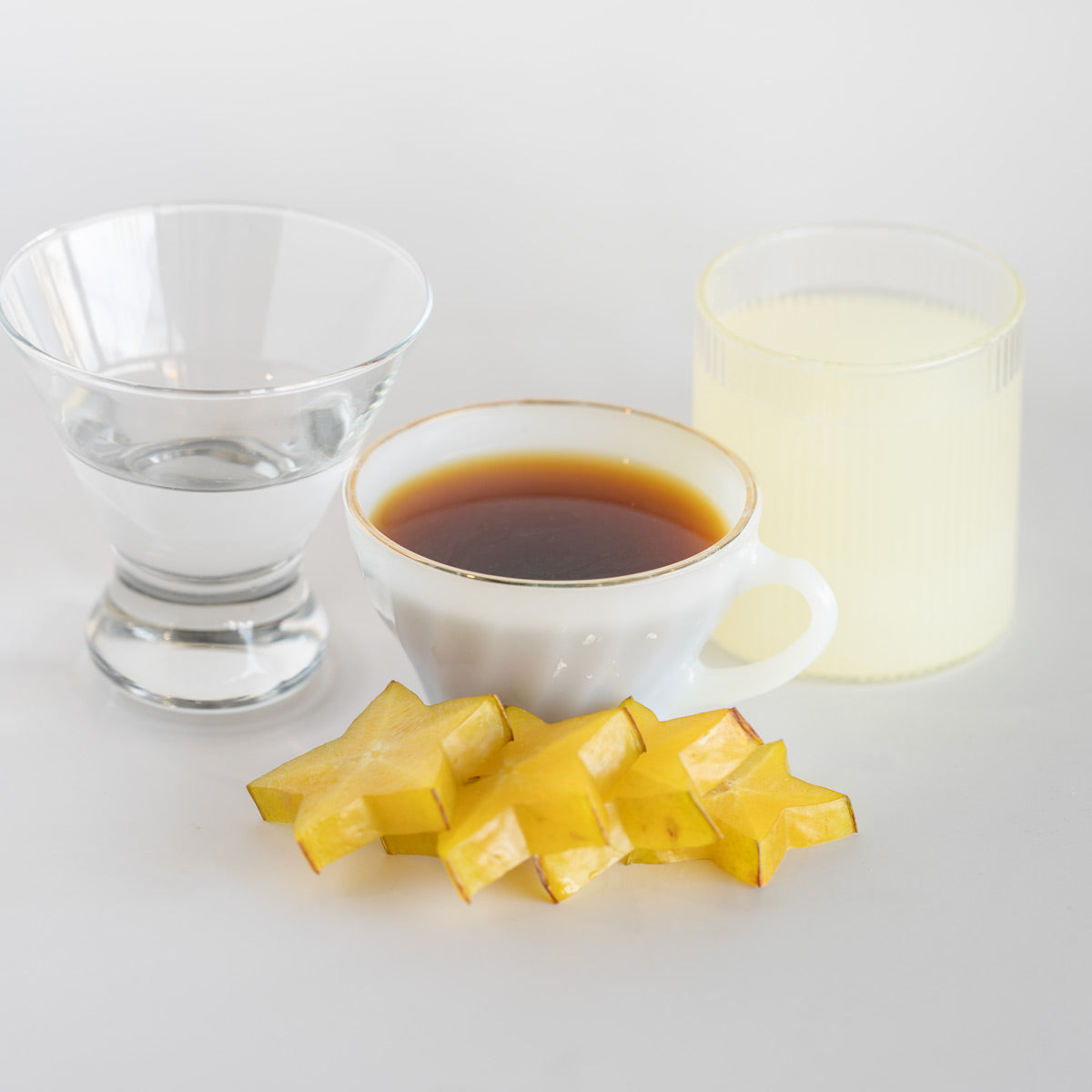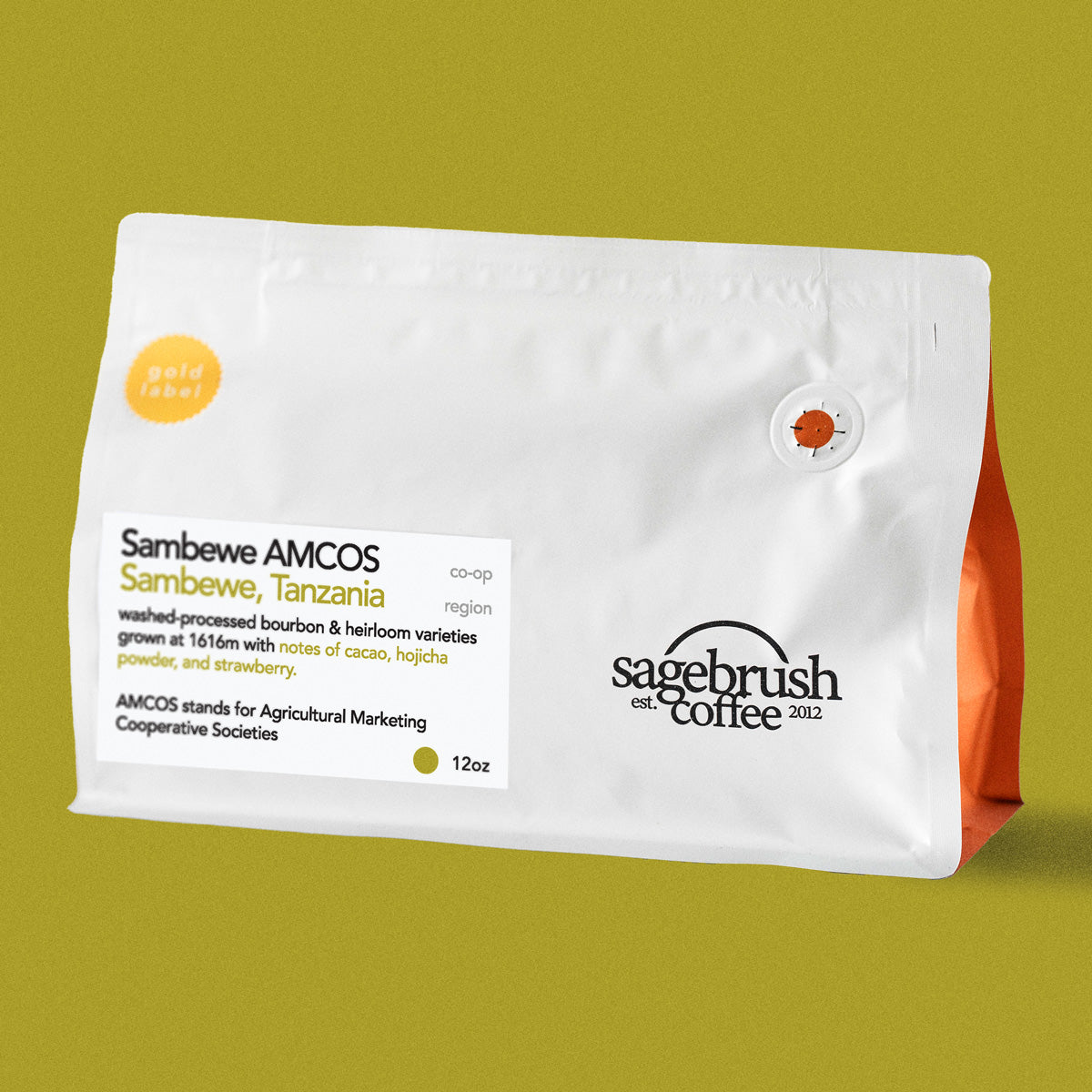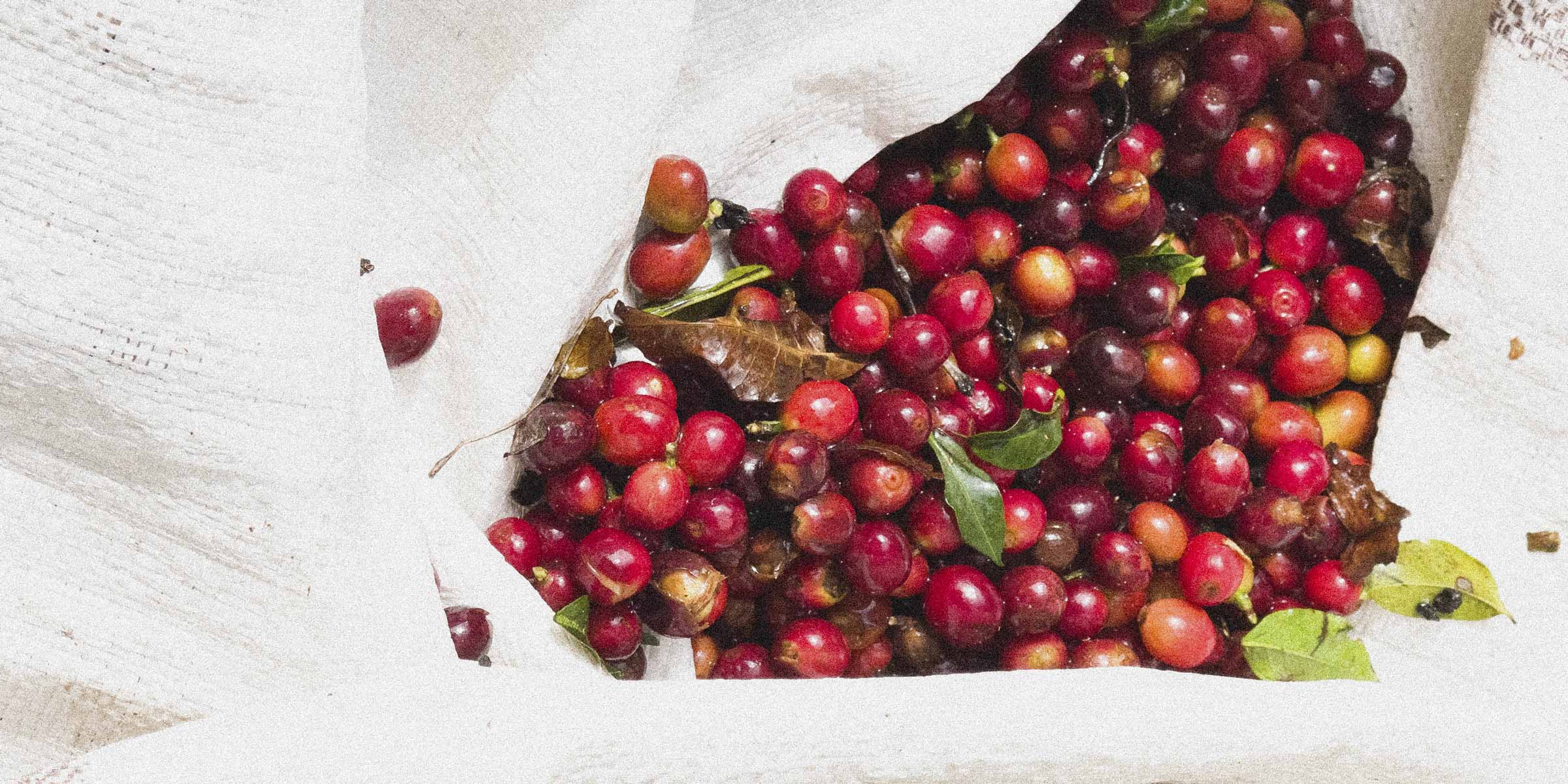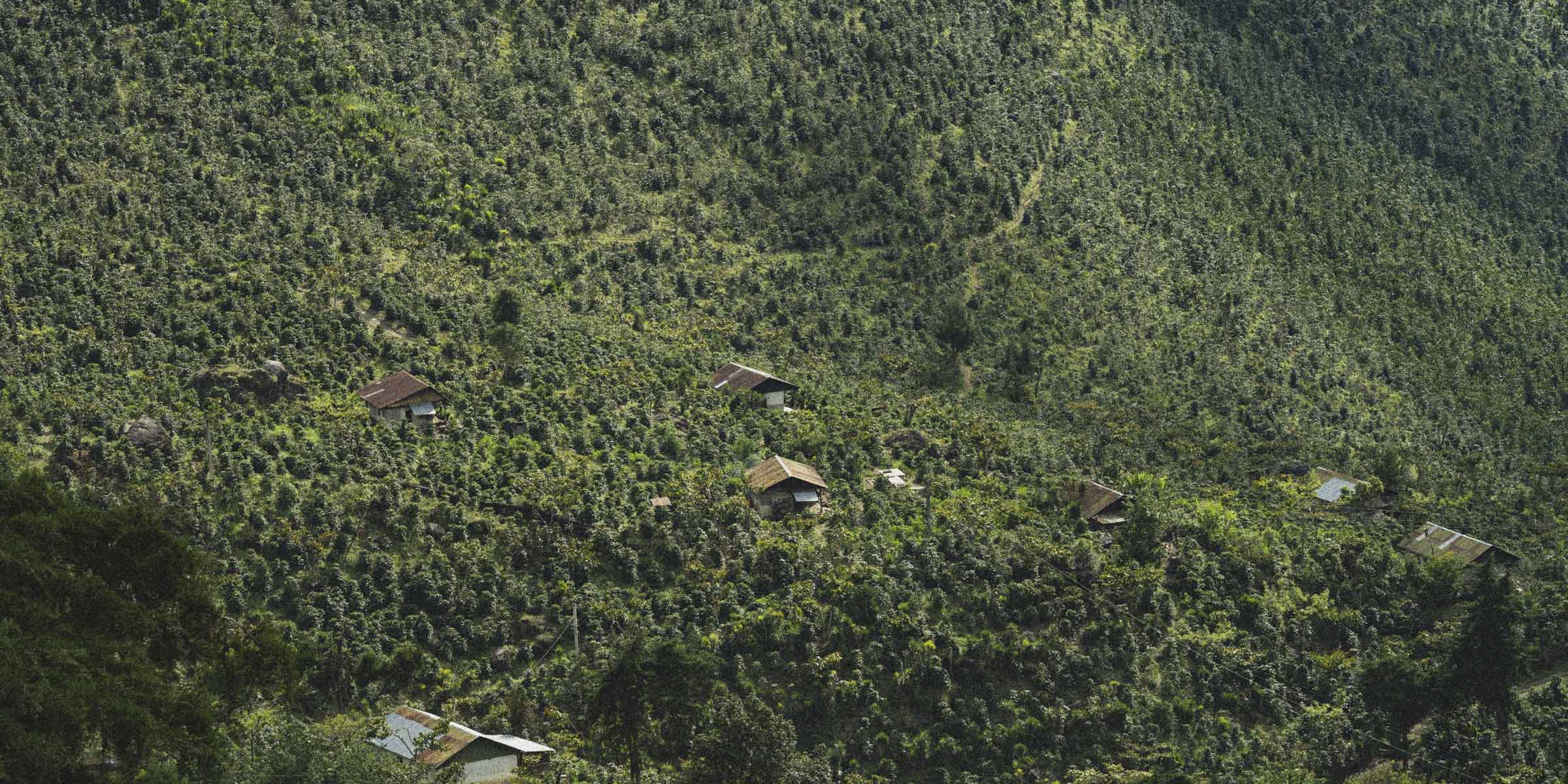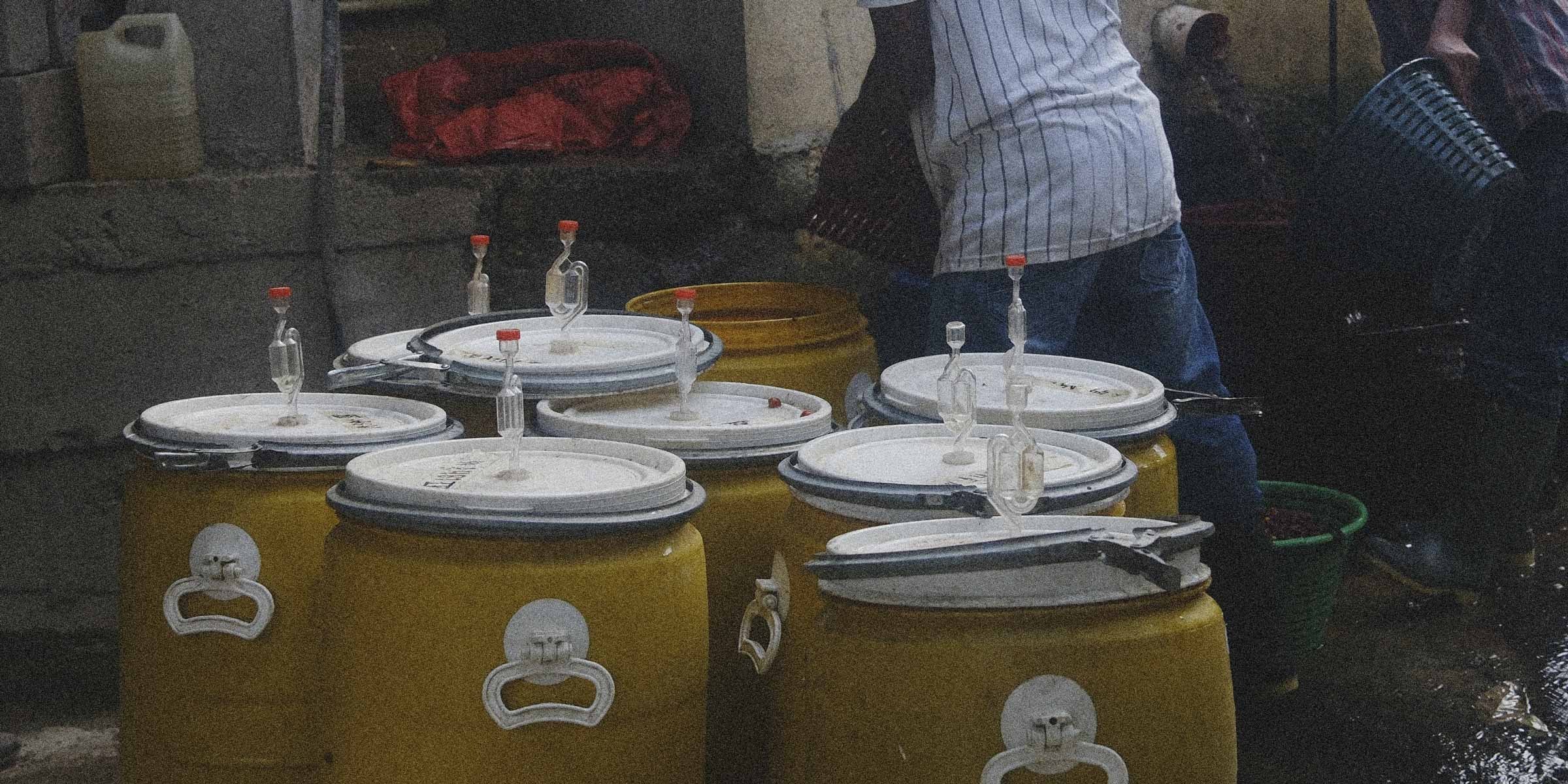
When we think about coffee farming, we think about all of the hard work that goes into producing a cup of coffee. There is cultivating and planting coffee, caring for it as it grows, harvesting it, processing it, and then finally distributing it to places like Sagebrush where it will be roasted and sold. In the early stages of this farming process, coffee, like most plants, must be pollinated. This small but crucial step is often overlooked and not talked about. However, places like Coffee Blossom Honey are here to spark conversation on the topic.
The coffee plant is technically a self-pollinator, but using other pollinators such as bees can help improve the quality of the crop. Additionally, some varieties of coffee benefit from additional pollination more than others. As new varieties are discovered and created during this scientific wave of coffee, using bees as pollinators may be a game-changing technique. Small bird species and other insects including moths, flies, and butterflies can also be used as pollinators, but bees are the most common. An exciting benefit of using bees as opposed to other options is the creation of coffee honey!
We sell jars of Coffee Blossom Honey here at Sagebrush and one of the most common questions we get about it is, “Is there actually coffee in this honey?” The answer is no, there is not actually coffee in the honey. We call it coffee honey because the bees used to pollinate the coffee plants are the same bees producing this honey. Farmers will strategically place bee hives throughout their field to help pollinate their crop and collect this delicious byproduct.
All of the honey from Coffee Blossom Honey is made in Guatemala at coffee farms they partner with. At Sagebrush, we sell honey from La Esperanza farm because we frequently source coffee from this same farm. We sell this honey in 16 oz jars and honey sticks in addition to using it for some of our signature drinks and food dishes at our location in Chandler. This specific honey has tasting notes of starfruit, kiwi, and coffee blossom aroma and pairs perfectly with yogurt and granola.

Placing bee hives within coffee fields not only helps with the pollination of the coffee plant, but the honey made can provide additional revenue for farmers. This is a big deal for the farming community, especially in places like Guatemala where a large portion of the population relies on the coffee industry to provide for their families.
The unfortunate part of this conversation is that the bee population has been consistently declining. From 2021 to 2022, the average bee population decreased 40%. The causes of this significant decrease are closely related to climate change and the increased use of pesticides. To combat this crisis, many farms are experimenting with pesticide alternatives. One method is the use of biopesticides which are natural substances that control pests such as pepper and garlic compounds. Another method is strategically placing bird nests over fields, allowing the increased bird population to help naturally control the number of pests.
Although the bee population is still at great risk, it is actually declining less than it did in the past. Between the late 1900s and early 2000s, the bee population declined at a rate of 60%, which is significantly higher than the current 40%. Some species of bees are still on the endangered species list, but others have made their way off the list within the last three years. Hopefully, this signifies that the research dedicated to saving the bees is beginning to pay off. Bees are such an essential part of not only coffee farming but also many other ecosystems.
Next time you are looking for something sweet and made by nature, reach for a bit of coffee honey. The product is not only delicious, but it also has a unique backstory, helps provide additional revenue for coffee farmers, and showcases the hard work of the bee population.
